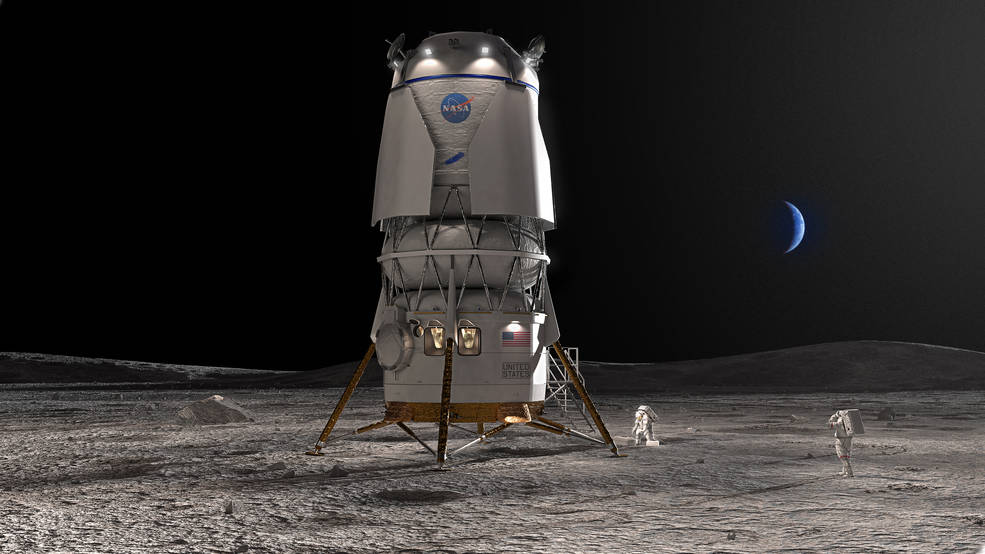NASA develops new software tools for safe landings on the Moon

- Country:
- United States
NASA has developed new software tools to predict plume-surface interactions (PSI) environments for NASA projects and missions, including the Human Landing System (HLS), Commercial Lunar Payload Services initiative, and future Mars landers.
According to the agency, when a spacecraft lands or takes off, its engines blast supersonic plumes of hot gas toward the surface and the intense forces kick up dust and eject rocks or other debris at high speeds, which may cause hazards like visual obstructions and dust clouds that can interfere with navigation and science instrumentation or cause damage to the lander and other hardware and structures.
The plumes can also erode the surface under the lander. NASA is planning to send larger landers as part of its Artemis missions and it's currently unknown how they will erode the surface and whether they will rapidly cause cratering in the landing zone, posing a risk to the lander’s stability as well as the astronauts aboard.
The new software tools developed by researchers at the Marshall Space Flight Center are already being used to predict cratering and visual obscuration on future lunar missions and are helping NASA minimize risks to spacecraft and astronauts during future landed missions, the agency said on Tuesday.
Recently, the researchers simulated the Apollo 12 lander engine plumes interacting with the surface and the predicted erosion that closely matched what happened during the landing on the Pleaides supercomputer at the NASA Advanced Supercomputing facility at the Ames Research Center.
The eagle has landed 🦅 As @NASA plans to explore more of the Moon than ever before, researchers at #NASAMarshall have developed a new software tool to understand how future landers will interact with the lunar surface as they touch down.READ MORE >> https://t.co/45tWSQRRT0 pic.twitter.com/LKKSmU7iPJ
— NASA Marshall (@NASA_Marshall) November 14, 2023
- READ MORE ON:
- Human Landing System
- Artemis
- NASA Moon missions










